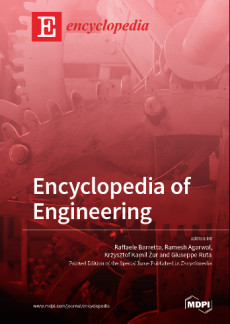You're using an outdated browser. Please upgrade to a modern browser for the best experience.
Topic Review
- 6.1K
- 05 Dec 2022
Topic Review
- 6.1K
- 09 Nov 2022
Topic Review
- 6.1K
- 15 Nov 2022
Topic Review
- 6.1K
- 21 Nov 2022
Topic Review
- 6.1K
- 24 Nov 2022
Topic Review
- 6.1K
- 08 Feb 2024
Topic Review
- 6.1K
- 30 Oct 2020
Topic Review
- 6.1K
- 30 Nov 2022
Topic Review
- 6.1K
- 27 Aug 2021
Topic Review
- 6.1K
- 16 Nov 2022
Topic Review
- 6.1K
- 14 Oct 2022
Topic Review
- 6.1K
- 26 Oct 2022
Topic Review
- 6.1K
- 11 Nov 2022
Topic Review
- 6.1K
- 04 Nov 2022
Topic Review
- 6.1K
- 01 Dec 2022
Topic Review
- 6.1K
- 25 Jan 2024
Topic Review
- 6.1K
- 27 Jul 2021
Topic Review
- 6.1K
- 14 Oct 2022
Topic Review
- 6.1K
- 22 Nov 2022
Topic Review
- 6.1K
- 15 Nov 2022
Featured Entry Collections
>>
Featured Books
- Encyclopedia of Engineering
- Volume 1 (2023) >>
- Chief Editor:
- Encyclopedia of Social Sciences
- Chief Editor:
- Encyclopedia of COVID-19
- Chief Editor:



